
How to Use MCP4017T-103E/LT: Examples, Pinouts, and Specs
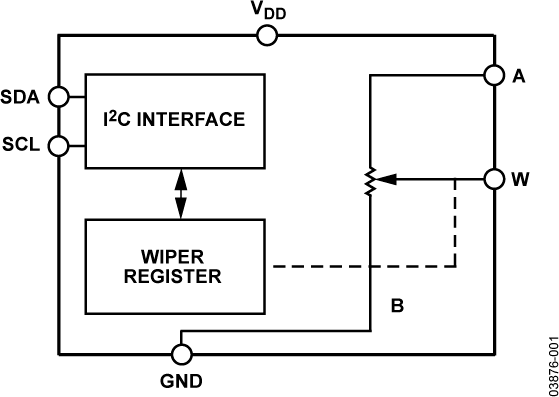
 Design with MCP4017T-103E/LT in Cirkit Designer
Design with MCP4017T-103E/LT in Cirkit DesignerIntroduction
The MCP4017T-103E/LT is a digital potentiometer manufactured by Microchip Technology Inc. It features a resistance value of 10 kΩ and a 7-bit resolution, allowing for 128 discrete resistance steps. This component is controlled via a simple 2-wire I2C interface, making it ideal for applications requiring precise, adjustable resistance in a compact and efficient form factor.
Explore Projects Built with MCP4017T-103E/LT
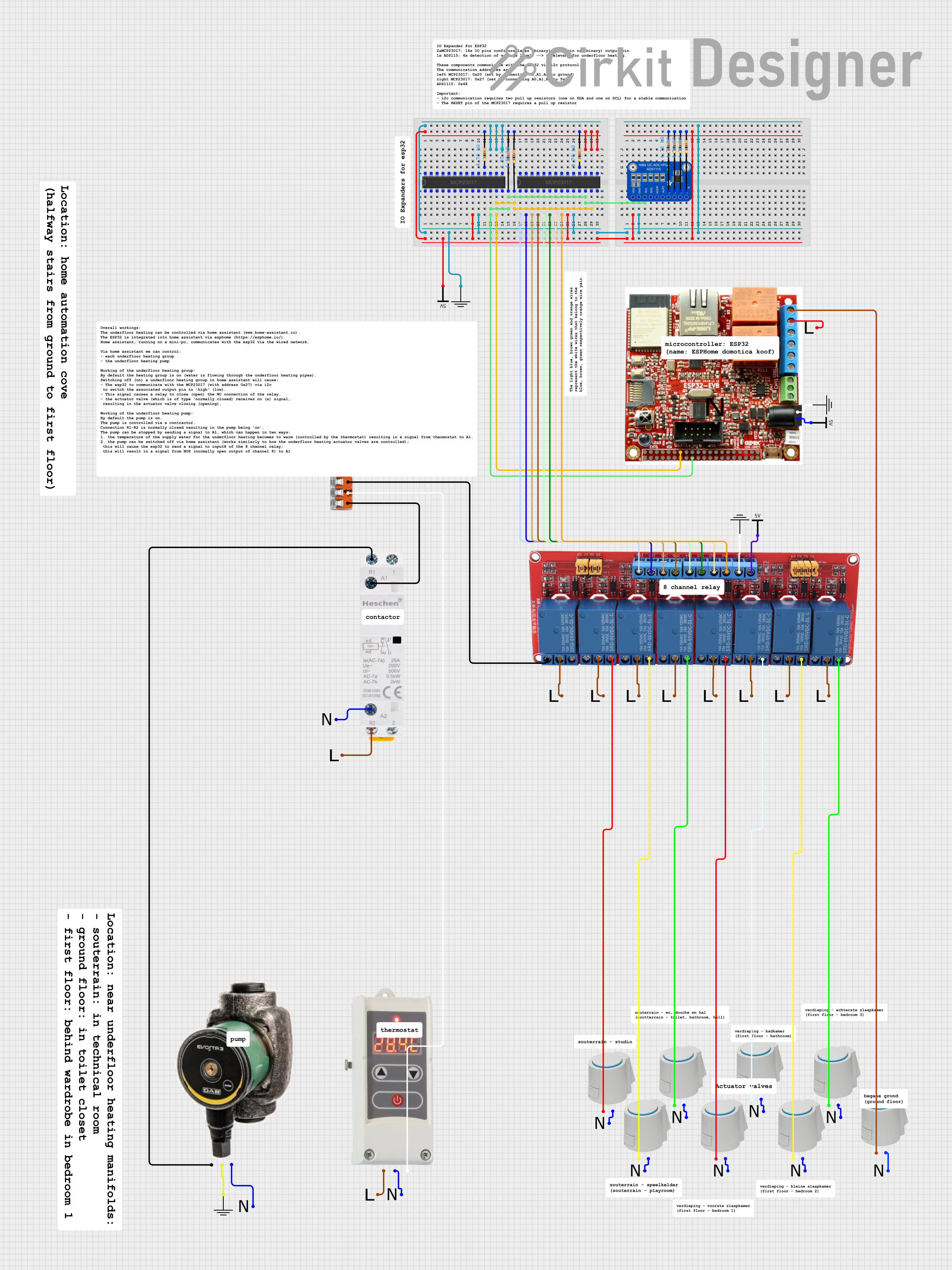
 Open Project in Cirkit Designer
Open Project in Cirkit Designer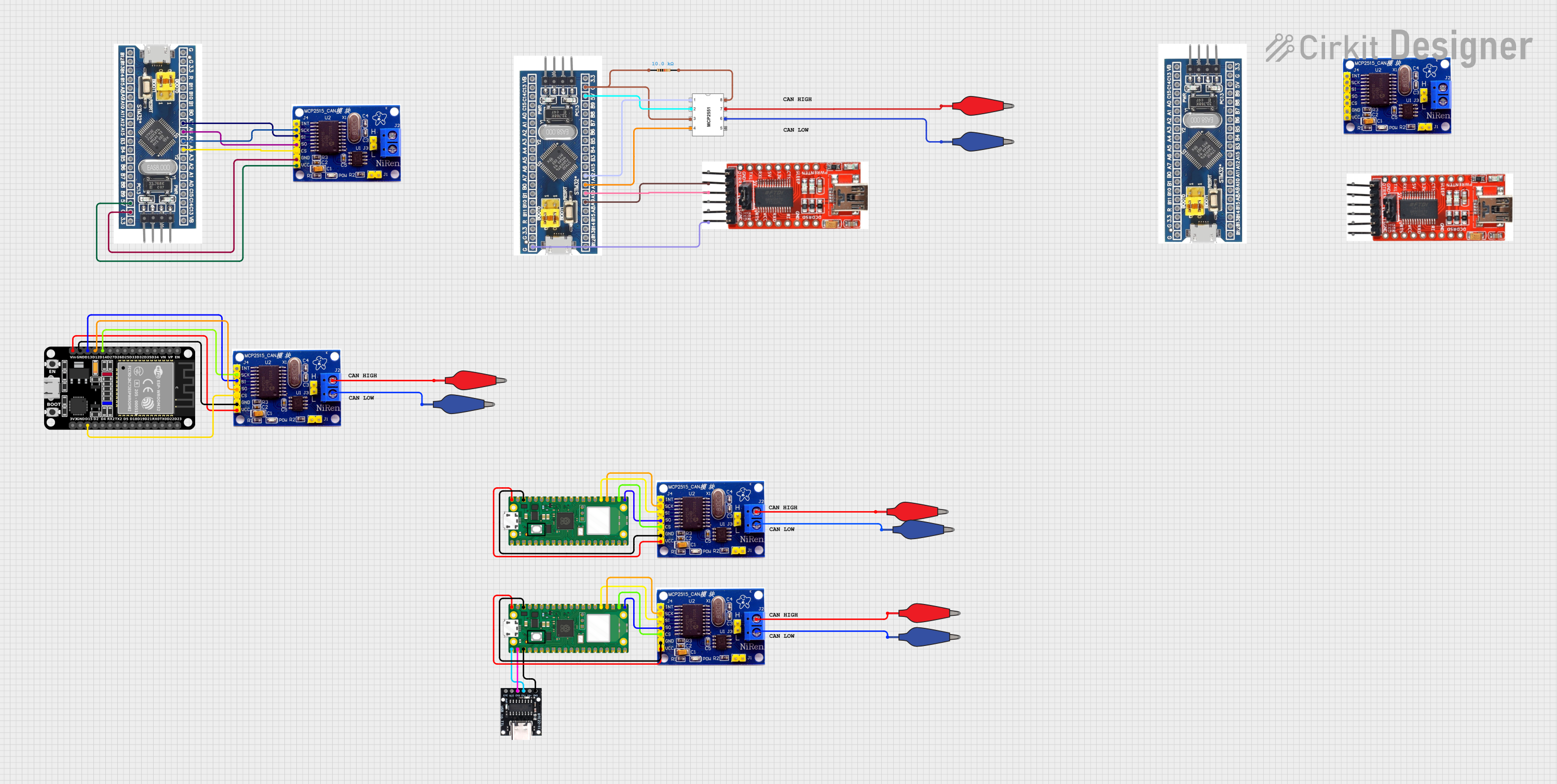
 Open Project in Cirkit Designer
Open Project in Cirkit Designer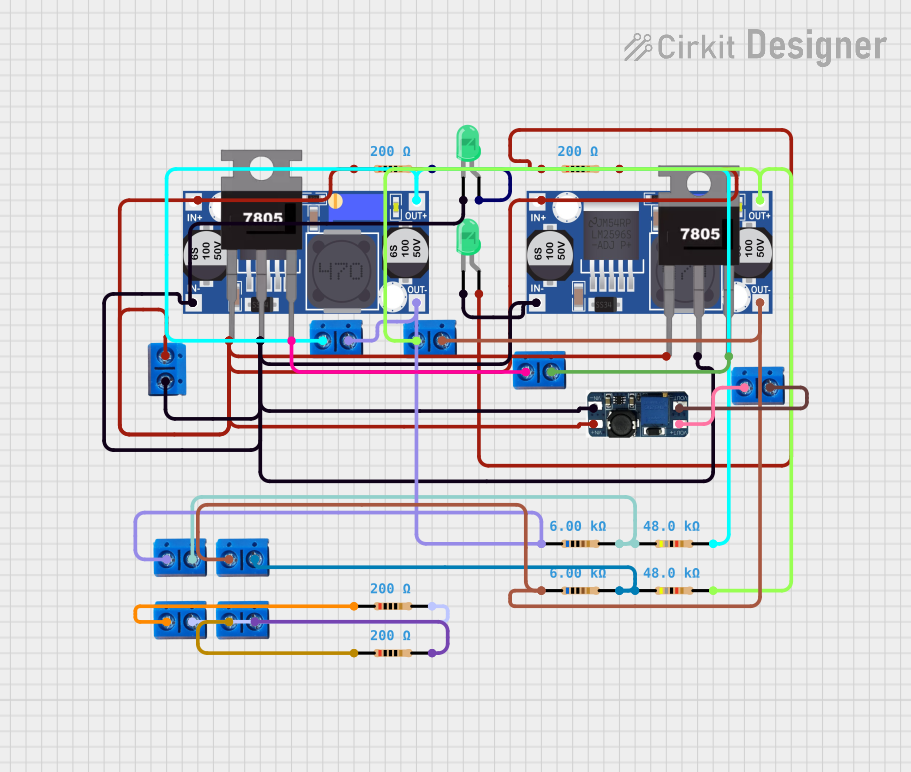
 Open Project in Cirkit Designer
Open Project in Cirkit Designer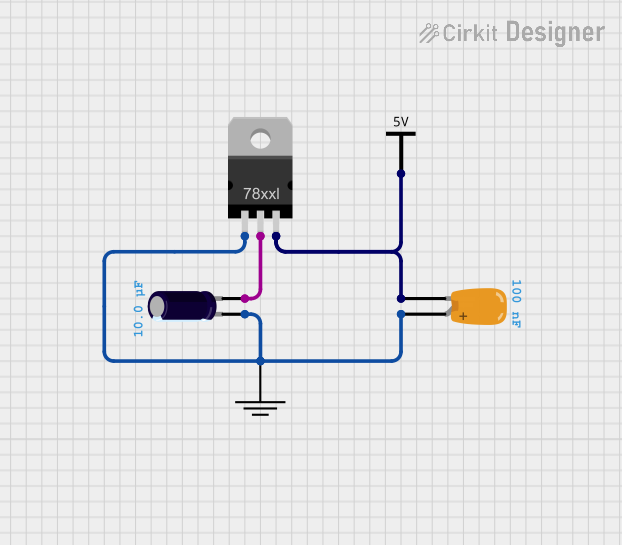
 Open Project in Cirkit Designer
Open Project in Cirkit DesignerExplore Projects Built with MCP4017T-103E/LT

 Open Project in Cirkit Designer
Open Project in Cirkit Designer
 Open Project in Cirkit Designer
Open Project in Cirkit Designer
 Open Project in Cirkit Designer
Open Project in Cirkit Designer
 Open Project in Cirkit Designer
Open Project in Cirkit DesignerCommon Applications and Use Cases
- Volume control in audio systems
- Adjustable gain in amplifiers
- Calibration and tuning in sensor circuits
- LED dimming and brightness control
- Programmable power supplies and voltage dividers
Technical Specifications
The following table outlines the key technical details of the MCP4017T-103E/LT:
| Parameter | Value |
|---|---|
| Resistance Value | 10 kΩ |
| Resolution | 7-bit (128 steps) |
| Interface | I2C (2-wire) |
| Supply Voltage (VDD) | 1.8V to 5.5V |
| Maximum Wiper Current | ±1 mA |
| Operating Temperature Range | -40°C to +125°C |
| Package Type | SOT-23-6 |
Pin Configuration and Descriptions
The MCP4017T-103E/LT is housed in a 6-pin SOT-23 package. The pin configuration is as follows:
| Pin Number | Pin Name | Description |
|---|---|---|
| 1 | VSS | Ground (0V reference) |
| 2 | SCL | Serial Clock Line for I2C communication |
| 3 | SDA | Serial Data Line for I2C communication |
| 4 | VDD | Positive supply voltage (1.8V to 5.5V) |
| 5 | PW0 | Terminal 0 of the potentiometer |
| 6 | PW1 | Terminal 1 of the potentiometer |
Usage Instructions
How to Use the MCP4017T-103E/LT in a Circuit
- Power Supply: Connect the VDD pin to a power source (1.8V to 5.5V) and the VSS pin to ground.
- I2C Communication: Connect the SCL and SDA pins to the corresponding I2C lines of your microcontroller. Use pull-up resistors (typically 4.7 kΩ) on both lines.
- Potentiometer Terminals: Connect PW0 and PW1 to the circuit where adjustable resistance is required. The wiper position is controlled via I2C commands.
- Programming the Wiper: Use I2C commands to set the wiper position. The wiper position determines the resistance between PW0 and PW1.
Important Considerations and Best Practices
- Ensure the supply voltage (VDD) is within the specified range (1.8V to 5.5V).
- Avoid exceeding the maximum wiper current of ±1 mA to prevent damage to the device.
- Use appropriate pull-up resistors on the I2C lines to ensure reliable communication.
- The device operates in a single-supply configuration, so ensure all voltage levels are referenced to VSS.
Example: Using MCP4017T-103E/LT with Arduino UNO
Below is an example of how to control the MCP4017T-103E/LT using an Arduino UNO:
#include <Wire.h> // Include the Wire library for I2C communication
#define MCP4017_ADDRESS 0x2E // Replace with the correct I2C address of your device
void setup() {
Wire.begin(); // Initialize I2C communication
Serial.begin(9600); // Initialize serial communication for debugging
}
void loop() {
setWiperPosition(64); // Set the wiper to the midpoint (64 out of 128 steps)
delay(1000); // Wait for 1 second
setWiperPosition(0); // Set the wiper to the minimum position
delay(1000); // Wait for 1 second
}
// Function to set the wiper position
void setWiperPosition(uint8_t position) {
if (position > 127) {
position = 127; // Limit the position to the maximum value (7-bit resolution)
}
Wire.beginTransmission(MCP4017_ADDRESS); // Start communication with the device
Wire.write(position); // Send the wiper position (0 to 127)
Wire.endTransmission(); // End communication
Serial.print("Wiper position set to: ");
Serial.println(position); // Print the position for debugging
}
Troubleshooting and FAQs
Common Issues and Solutions
No Response from the Device
- Cause: Incorrect I2C address or wiring.
- Solution: Verify the I2C address of the MCP4017T-103E/LT and ensure proper connections for SCL and SDA.
Erratic Behavior or Communication Errors
- Cause: Missing or incorrect pull-up resistors on the I2C lines.
- Solution: Add 4.7 kΩ pull-up resistors to both SCL and SDA lines.
Wiper Position Not Changing
- Cause: Exceeding the maximum wiper current or incorrect I2C commands.
- Solution: Ensure the wiper current is within the ±1 mA limit and verify the I2C commands being sent.
Device Overheating
- Cause: Excessive current through the potentiometer terminals.
- Solution: Limit the current through PW0 and PW1 to safe levels.
FAQs
Q1: Can the MCP4017T-103E/LT be used with a 3.3V microcontroller?
A1: Yes, the MCP4017T-103E/LT operates with a supply voltage range of 1.8V to 5.5V, making it compatible with 3.3V systems.
Q2: How precise is the resistance adjustment?
A2: The MCP4017T-103E/LT has a 7-bit resolution, providing 128 discrete resistance steps.
Q3: What happens if the power supply is interrupted?
A3: The wiper position will reset to its default state. Ensure your system can handle this behavior if power interruptions occur.
Q4: Can I use the MCP4017T-103E/LT for high-power applications?
A4: No, the device is designed for low-power applications with a maximum wiper current of ±1 mA.